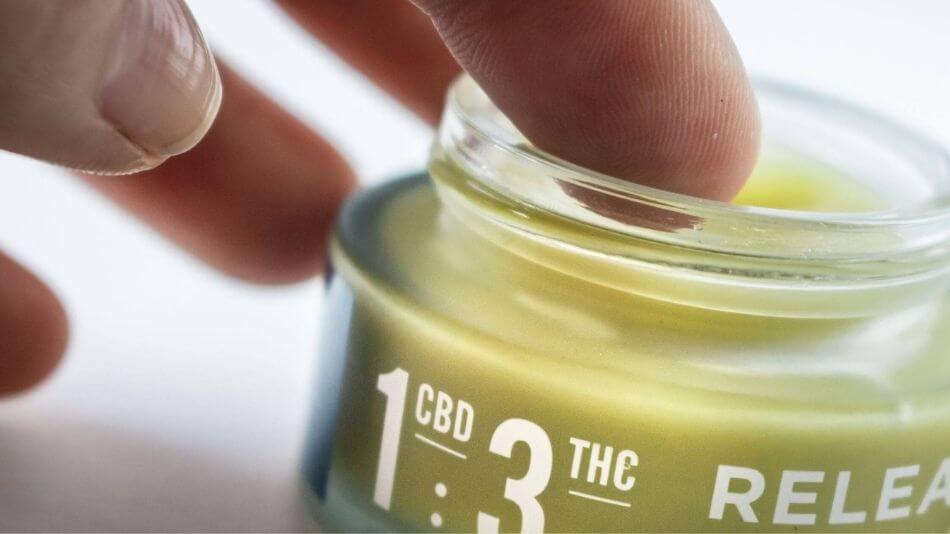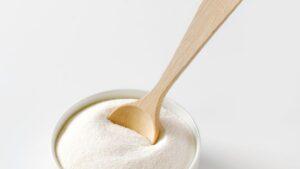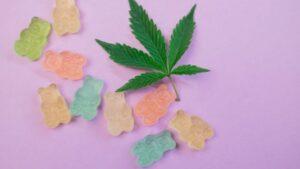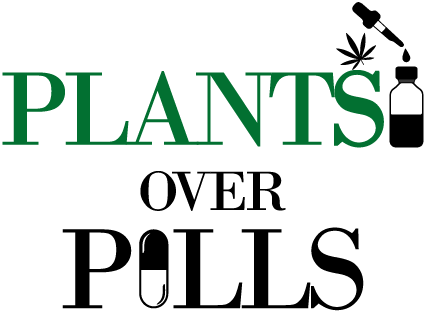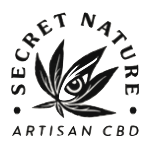CBD creams are commonly used products to relieve external pains, like soreness and inflammation. But are there any downsides?
CBD creams are, in many ways, extremely beneficial compounds for relieving pain in fast, easy ways, without many of the mental effects you might get from using CBD internally. Because of this, CBD cream is very limited in the types of benefits it can provide to the body, and it may take a surprisingly long time for it to work.
In this article, we will dive into the specific benefits and downsides of using CBD cream, in addition to explaining how and why it’s able to work.
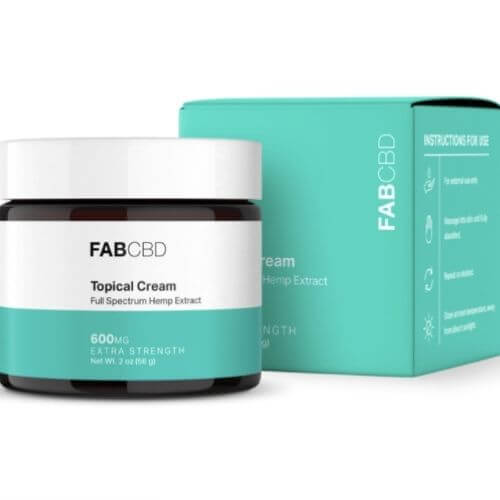
FAB CBD Topical Cream
Why It’s Better Than the Rest
- 3x Stronger Than Your Average CBD Pain Relief Rub
- Full Spectrum Oil Used for Maximum Relief
- High Quality Ingredients
- 12 Month Shelf Life
Use Code “FACILITATOR25” for 25% Off ✌🏼
Pros
There are a great number of benefits to using CBD cream, which include:
Allows you to spot treat localized pain/inflammation
The most obvious use for topical CBD is as an ointment for pain and inflammation within the body that occurs in small, localized spots. For many beginners with CBD, this seems like the most obvious option for dipping a toe into the compound and how it’s used. Because of this, and the compound’s merit as a pain-reliever in the most recent CBD studies, CBD cream’s reputation seems to precede it. But how does it work?
CBD creams work by relieving inflammation in the parts of the body where they’re applied. They do this by being absorbed through the skin and then interacting with receptors in the body that help to regulate pain and inflammation. By binding to the receptors that control inflammation, they are able to reduce its impact, and begin to soothe the area on which it’s applied.
In addition to reducing pain, this process can help to reduce other types of skin problems and issues caused by inflammation. For instance, using CBD creams may help to reduce chronic skin issues like acne and rosacea, which are the result of inflammation in the skin. Furthermore, there is some evidence to suggest that CBD creams can help reduce the appearance of wrinkles and improve scarring overtime.
Can be used as often as needed
One big benefit for topical CBD is the idea that you can use it as much or as often as needed, which might not necessarily be the case for other forms of CBD delivery that are absorbed into the bloodstream. This is a bonus for a few reasons:
- No risk from drug tests
For CBD users, tipping off a drug test is a common concern. While it doesn’t happen often, it’s certainly not impossible, and it may feel like a huge and unfortunate misunderstanding to potentially suffer consequences for a substance that is federally legal.
Let’s get one thing straight: CBD itself will never result in a positive drug test. It does not appear on a normal multi-panel drug test, and almost no tests are specifically designed to detect the compound CBD. However, CBD products often contain unlabelled amounts or trace amounts of THC, a commonly tested-for compound on drug tests given the fact that it’s the active component in marijuana. This generally happens one of two ways: unlabelled substances, or very frequent use.
With unlabelled substances, consumers might just come upon products from untrustworthy companies. While CBD products are legally regulated to contain less than 0.3% THC, the reality is often not so scrupulously overseen. Disreputable CBD sellers might label their products within legal limits while refusing to offer consumers lab reports or even do testing at all. Taking these can potentially cause a positive drug test.
Another way in which you might get a positive result from a drug test after taking CBD is if you are using CBD products that contain THC frequently. While you might not be using disreputable brands, THC is fat-soluble, meaning it can build up in the fat of one’s body if they’re using it frequently. While this is rare, it may still be possible to experience this, which would be unfortunate.
However, this is not an issue at all with CBD creams, regardless of whether you’re using broad spectrum, full spectrum, or isolate products on your skin.
Because topical CBD does not enter your bloodstream, there is no possibility of it being detected on drug tests.
This can be important to keep in mind if you work in a career where drug tests are often and mandatory but you would still like to use CBD to manage pain. It can help you to avoid a lot of hassle and trouble that may come from poorly labeled full spectrum CBD (though, you should always be purchasing from CBD sellers that offer Certificate of Analysis and other proofs of their product’s legitimacy). Additionally, this alternative to other forms of CBD may be helpful for individuals like athletes who have to undergo drug testing while potentially opting for CBD to help ease muscle pain and improve healing.
- No need to plan for the occasion
While CBD is non-psychoactive and non-intoxicating, for some users, it can feel difficult to be using orally-delivered CBD in certain circumstances. For instance, some users look to avoid it before driving, focusing on a task that needs a great deal of attention, or before drinking.
Additionally, using CBD can look strange or even illegal in some circumstances, given its resemblance to marijuana products. While sparking up a CBD flower pre-roll or hitting a dab rig might not be appropriate at work, applying CBD topical cream can easily be done anywhere you feel comfortable doing it, with no mental or physical effects beyond pain relief.
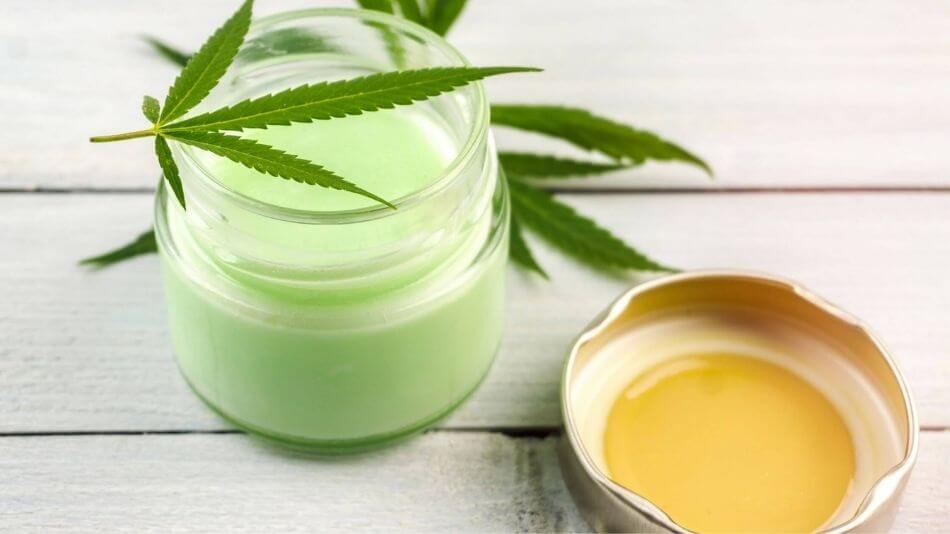
You don’t need to worry about using too much
While it’s impossible to overdose on CBD, it is very much possible to take a little more than you would’ve liked to take. With edibles, sublinguals, and smoking, this is a risk to consider. However, with CBD cream, you needn’t worry about taking too high a dose to handle.
Unlike other drugs, too-high doses for CBD are almost impossible to reach, and even if you do “overdose” it is not fatal. Also, unlike THC, a CBD overdose doesn’t have the same panic-inducing, paranoia-filled mental distortion that can cause a great deal of emotional pain. This is because CBD is not a psychoactive compound (meaning it cannot get you high), unlike THC. This can ease a lot of worry about CBD for users without a lot of experience in the compound, as they may have had negative experiences with marijuana at high doses that were highly unpleasant.
However, in large doses, CBD can still cause drowsiness, lethargy, nausea, vomiting, and disorientation that can make it feel unpleasant. This is part of why it’s important to test how CBD works in your system first in small doses before sizing the doses up slowly, in addition to being sure to avoid alcohol and other compounds with drug interactions which may have a negative effect on CBD use. When combined at high volumes, other drugs may potentiate CBD, and may induce powerfully lethargic effects.
However, even in moderate doses, you may find that you have used a little too much CBD. You might find yourself sleepy after using too much at once for stress-relief before working on a project or heading to an interview. Or, you may have an activity that requires you to be relatively “wired” to be successful at completely. In these instances, you might feel frustrated that you took just a few too many drops of CBD.
Not to worry with CBD creams, however. Since they never enter your bloodstream, it’s difficult for them to cause the more overwhelming side effects of large doses, like lethargy, disorientation, or nausea. That means that with creams, you can apply as much as is necessary to treat your pain symptoms without any concern for side effects.
Cons
In spite of CBD cream’s many benefits, there are some downsides to using it, such as:
It doesn’t get absorbed into the bloodstream
While the fact that CBD topicals are not absorbed into the bloodstream may be a huge boon for some users, it can also mean some major downsides. For some usage purposes this may work totally fine, but many users might find that they’re missing out on some major benefits.
When it comes to most substances, and especially CBD, absorption into the bloodstream and circulation around the body are key. This is how you are able to experience full-body effects, like full-body pain relief, nausea relief, and relaxation. It is especially important that CBD can reach your brain, as that can be where the bulk of the positive effects of using CBD target — without it, you wouldn’t be able to experience the mood-boosting, stress-relieving, focus-improving effects for which CBD is famed.
- It also doesn’t interact in the same way with the endocannabinoid system.
Without being absorbed into the bloodstream, CBD has far fewer opportunities to interact with the endocannabinoid system (ECS) and its various receptors, too. The ECS is a system in your body that helps to regulate a laundry list of vital internal processes, such as metabolism, appetite, mood, memory, cognitive process, organ functioning, sleep, and many, many more.
The ECS not only interacts with the compounds present in cannabis, but makes its own compounds that are quite similar to them, too, regardless of whether or not you use or have ever used cannabis products. When introduced to THC, the ECS seems to have a wide variety of responses, the most famous of which being its pain-relieving and mood-boosting effects. While CBD’s role in the ECS is not exactly clear as of right now, it is believed to have a protective effect in the endocannabinoid system which can help to shield your body from damage and breakdown.
There are still cannabinoid receptors in the skin that can be reached by topical creams, of course, as it is a system that stretches all over the body. However, the interactions with the ECS from topical creams alone are far more muted, and don’t allow you to see the whole picture of how powerful and synergistic it can be.
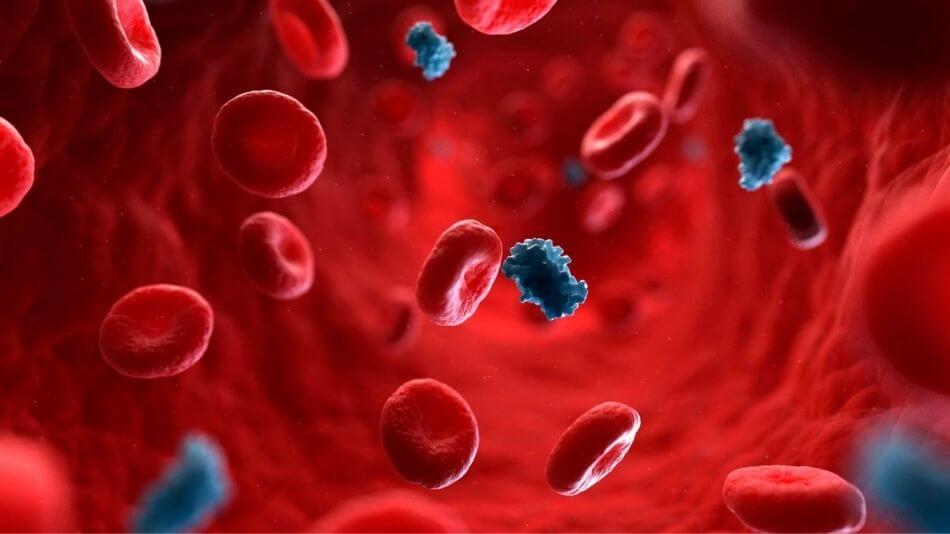
Slow onset
Because topical CBD never reaches the bloodstream and is instead left to be absorbed through layers of skin before it can ease pain, it might take around an hour and a half for topical CBD users to experience benefits. Of course, this is a major downside if you’re using any medication to manage pain, as the desire is generally that it can work as fast as possible in order to alleviate the distress you’re feeling.
This slow onset can mean that there is a greater deal of fuss and forethought involved when you might want to apply your CBD. It also likely means that individuals using CBD topicals for soreness, aching, and other pains may have to wait for a long time before they feel relief.
If you deal with chronic pain, such as from arthritis or from working out, try applying your cream regularly, such as before you wake up or before you go to bed. This way, instead of waiting for the cream to calm your pain, you can simply prevent the pain from coming on in the first place.
Gaining a tolerance
However, as with many things, using topical CBD too much may cause you to build a tolerance, and over time require more product to get the same result. Not only can this be frustrating, but it can be a waste of money and time. This is especially true given the fact that many of CBD’s benefits increase depending on steady use. If you can gain a tolerance, doesn’t that feel like it’s defeating the purpose?
Well, the reality of it all is a little more complicated that it seems. For one thing, we don’t know for sure that CBD can cause a tolerance. New findings seem to demonstrate that CBD does not bind to the receptor we once thought it did, but instead is able to give us benefits without having to desensitize the receptor through binding more to it. It may also cause an effect called reverse tolerance, where less of it is needed over time, according to limited studies.
Regardless, the specifics of the matter are currently still uncertain, as we aren’t sure of the exact mechanism by which CBD actually works in the endocannabinoid system (ECS).
However, if you can gain a tolerance, it’s not unlikely that you might gain it while using a product like CBD creams, since it’s not as necessary for users of CBD creams to be prudent about the volume of CBD they use as, say, CBD users who smoke CBD flower. Additionally, gaining a CBD tolerance from CBD cream would be a major bummer for your skincare routine — it could mean that you may start breaking out again, experience your wrinkles again, or just generally suffer from skin inflammation.
With this in mind, if you notice your symptoms coming back after a while, don’t ditch your CBD cream altogether. Take a little break, let your skin rest for about a week, then try again and you may find that your cream is once again effective.
Potential reactions to components in CBD cream
Because CBD ointments, salves, and creams contain not only CBD but a variety of cosmetic chemicals and fragrances, it’s not completely impossible that you may have a negative reaction to some of the components in the cream. While CBD allergies are mostly unheard of, cosmetics allergies are not.
Individuals with sensitive skin should keep in mind what they may be allergic to and check the labels of their products before using. One major common allergen is fragrance mixes involved in creating lotions and paraben mixes, so if possible, consider buying a fragrance-free CBD topical.
Additionally, if you’re worried about skin allergies, consider doing a small patch test on your skin in order to ensure that you do not have any significant allergies to the compounds in your cream before applying to a larger area.
To do a patch test, place a small amount of the cream on a relatively concealed part of your body, like your wrist, or the inside of your elbow. Rub the cream in and wait several hours before checking back in on the test area. If you notice redness, itchiness, or other signs of allergy, avoid this cream. If not, you should be good to go.
Takeaway
CBD cream is a substance that provides targeted and indulgent relief to inflamed areas of the skin, areas which might otherwise be neglected by other CBD products intended for internal use. It works to ease pain and skin problems relating to inflammation, and it can be used any time, anywhere, with no worries about mental effects or inconvenience. However, it also presents its own issues, like potentially increasing tolerance, very slow onset, and no absorption into the bloodstream.
The CBD market is riddled with deception. That’s why, in our directory, we are sure only to recommend reputable brands that we have tried ourselves. If you’re interested in trying out CBD topical cream for yourself, try out our favorite brand, FAB CBD. You can find the link to our recommended product here. And if other types of products are your cup of tea, browse our full directory. There’s something for everyone, and everything comes from reputable sellers, made with U.S.-grown hemp, with consumer health in mind.
